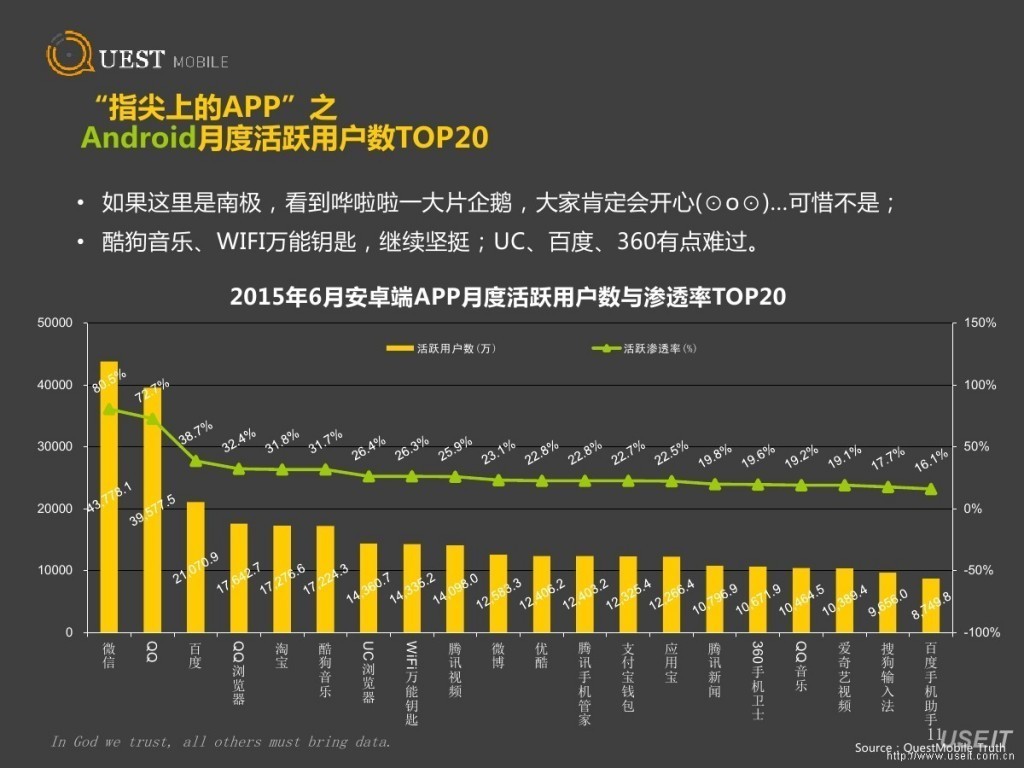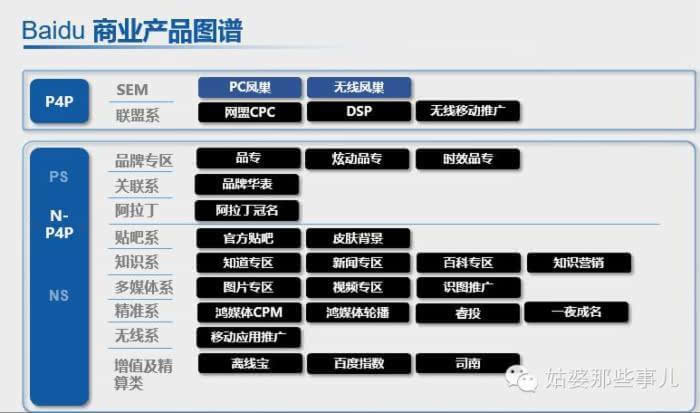500 Startups BIG Camp in Taiwan: Let’s go global fast! (Part I)
Does your startup company need a boost in growth, or a bigger global market? If your answer is just a yes, you’re still not qualified to join BIG Camp, a bootcamp organized by Silicon Valley’s top startup accelerator 500 Startups and international technology startup cluster Taiwan Startup Stadium. You will still need the determination to keep track of your quantitative critical data to assist your own company.
How exactly do you go global fast? What have the instructors from 500 Startups shared in the intensive three-day bootcamp? Apart from the one-to-one lessons that are confidential, the rest can be classified into fundraising, market development and growth hacking. We’ll first introduce fundraising and the Asian markets, and later growth hacking.
Fundraising : Start by Dating Investors
People are saying that fundraising is hard in Taiwan, but do they really know how to negotiate with investors? You can at least start by making them interested in your company and your team, which is the same as dating. You want to be liked.
Robert Neivert is an experienced instructor. He said that you’re always raising funds, by interacting with the right people even when you don’t need the money. You gotta know the person first, before you marry him.
As for what time to start looking for an investor, Greater China TMT Early Stage Investor of 500 Startup, Rui Ma, said that before you can come up with a prototype, a product or any user data, fundraising is just a waste of time. You have to use figures to show the investors what your team is capable of, and earn their trust by reaching the goals you have promised them.
The best presentation for fundraising is conversation with investors, not the presentation itself. Through conversation, your investors can ask questions and this will help you understand them better, and how important they are. Besides where and how much they are investing, their investment cycle is important too. If they have been investing a company for 5 years, their investment for the next 5 years will very likely be on the same company and not a new one.
One thing you must do after every meeting with your investor, call to action, or the meeting would be for nothing. Conclude every meeting with a clear amount of funds, a vision that pleases your investor and the agenda for your next meeting. Rui Ma also suggested a follow-up to the VC, whether he agrees to invest or not, send an email telling them about the team’s achievements and mistakes for the past month, how you are going to correct the mistakes, and also show them important figures like the growth of daily active users.
The most annoying thing about fundraising is the paperwork. Robert suggested reading the KISS (Keep It Simple Security) documents by 500 Startups, or the SAFE (Simple Agreement for Future Equity) documents by Y Combinator, to protect your rights.
When asked for advice for Taiwan’s startups, Rui Ma said, “Don’t just get one investor.” You have to use their resources to make up for your shortcomings when looking for seed round investors. Investors with versatile backgrounds can provide entrepreneurs with more choices of resources. This will also make your next fundraising a lot easier, and even if you end up on bad terms with each other, you can immediately find someone else. Nobody said a marriage has to last forever, am I right?
The South Asia and China in Asian Markets
South Asia: A Big But Complicated India + A Single Market Bengal
Gen Kanai has been in charge of Mozilla’s Asian markets for the past 10 years, and when asked the question of how to adapt to a foreign environment for entrepreneurs, he replied from experience that food is an excellent tool to socialize with the locals, also eating nice food is a great experience by itself.
Of all Asian markets, Gen specifically pointed out South Asia for entrepreneurs to focus on, because it’s going to be another China in 3 to 5 years, and while China is having an economic slowdown, India still has a GDP growth of 5%. Besides India, Bengal should be on your radar as well. You might think everyone in India speaks English, but the languages and religions are actually diverse throughout the country. Bengal on the other hand, is a market more homogeneous in religion and language.
India has a lot of great developers, and many apps that are blocked in China are available there as well, and the evergrowing middle class has already taken a liking to e-commerce. Do take note that, local smartphone makers like Micromax, Karbonn, and Lava still have absolute market advantage following their rise in the past 5 years. Whatsapp in India is like WeChat in China, everybody is using it. A possible reason for that is that ⅙ of all 3G phone calls gets disconnected without warning. The challenge for the developers however, is that there is only a 3 to 6 months product cycle, the penetration rate of English is only 28%, and the consumers are very sensitive about price.
Luckily, the South Asia market has huge potential. Gen suggested that as long as your service comes with an English version, don’t miss out on South Asia.
China: Fragmented App Download Channels
Leader of the growth hacking team for TouTiao.com, Nan Zhang, is able to help entrepreneurs in orienting into China’s app market because he understands China well.
Below are China’s top 20 numbers and penetration rates of active Android users in June, 2015. Want to localize? Go through these apps first.

You can easily find both Tencent’s apps WeChat and QQ topping the chart. Nan Zhang pointed out that many services in China have now moved inside the WeChat ecosystem, to cut down development and marketing costs, and it costs 5RMB for every app user you get. You can set up a broadcast account, a chat account, or an account that helps you ask for a leave, a reimbursement or share your location. You can even integrate location tracking, shake gesture, or monetary gift with the help of the toolkit JS SDK. Xiaomi’s Mi Band account on WeChat has totally merged with the bracelet itself. Besides basic data input, you can now directly share how long you have run with all your friends.
If however, you have decided to launch an app in China, be sure to know what you’re into. China has plenty of app stores because Google Play is banned. Tencent has its own app store, Baidu has one, or two, smartphone makers Huawei and OPPO have theirs too. There’s even the app iTools for iOS that’s installed from a PC. Just how do you promote an app? Nan Zhang recommends Coolchuan, it uploads your app to all the channels, and then you can observe the different download links to see which one has the best result.

Generally speaking, the advantage of search advertising is its accuracy, and disadvantage is the lack of content apps. In fact, ads from Guangdiantong and Toutiao.com are so accuracte, that you can choose when the ads show up according to the weather, and it does boost your number of downloads initially. The challenge is that a great source material for an ad is hard to come by, and the conversion rate can go as high as ten times or above.
Nevertheless, you still need to make a great product first before even thinking about promoting it, so have it made and verified quickly, then start worrying about the market. Are you ready for that? Because the next chapter is about growth hacking.
中文版連結
Cover photo from 500 Startups










留言討論